Greg Elmassian
Guest
The ties will not stay perpendicular to the rails, as is common practice. On broad curves not as noticeable, but tighter curves will look strange.
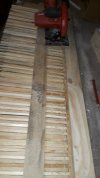
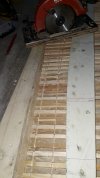
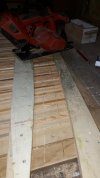
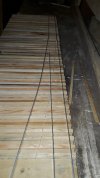
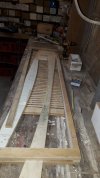
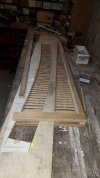
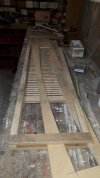
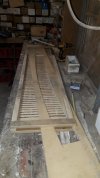
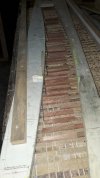
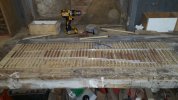
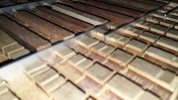
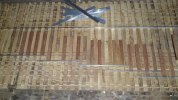
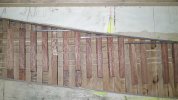
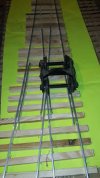
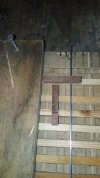
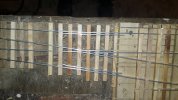
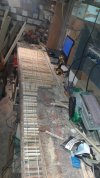
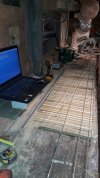
Igor,The test boogie was very happy, me also: all the measurements where accurate, exactly 45mm as gauge.
For between the safety rail and the stock rail and for the frog "gaps" i did a 3mm spacing.
P32 scale is very nice but with flanges and those bigger locomotives, i think it is more clever to widen up a bit.
Would 4 mm be embarrassing for the real big ones(like the AA20, big boy, red devil and such)?
With best regards Igor
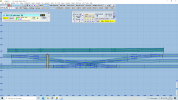
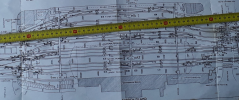
WOWall Check Rails (safety rail) were the same at 3mm gap. However Frog (Switch to US) gaps were 4mm on both Peco and TrainLine but 4.5mm on LGB points.
No this is not odd, i have for over 25 years a ruler, caliper and some gauging scales that won't leave my shed. i use those for calibrating my machinery and when things are getting serious.I used my German made Vernier Calipers that I tend to trust. This may appear odd
